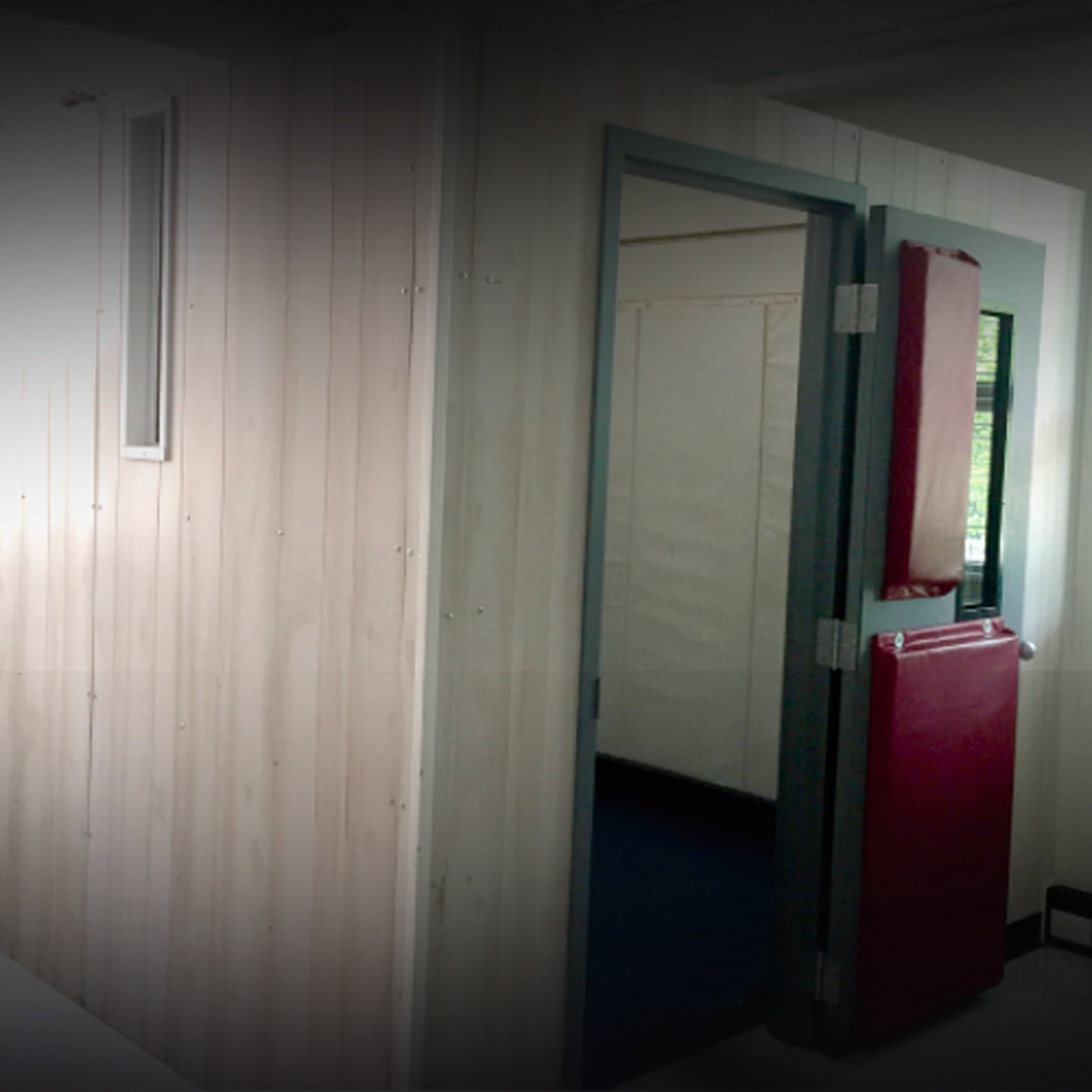Seclusion and restraint in Alabama schools: What do parents need to know?
Hundreds of Alabama children may be physically restrained or secluded behind locked doors thousands of times during the school year, according to federal education data.
The state has not provided journalists with data about the most recent years, but in 2017-18, children were restrained thousands of times, according to an AL.com analysis. Nine out of 10 children had a disability. Experts say physically restraining a child should be a method of last resort and only used in an emergency situation where a child is in danger of harming themselves or others. Seclusion – locking or barring a child alone in a room with no way for the child to leave – is prohibited.
Experts say there may be times where a child’s behavior gets out of control, but that should be rare. Teachers and other school staff need to be trained in how to deescalate a situation before it erupts. Organizations like Glenwood in Birmingham provide specific training on crisis management and safe methods of restraint.
Tell a reporter: Is there something we should know about seclusion, restraint or school discipline in Alabama?
Some of the following questions and answers are adapted from the Alabama Disabilities Advocacy Program’s parent guide to seclusion and restraint. AL.com also spoke with experts who offered independent advice.
I want to know how my child’s school handles restraint. How can I find out?
The school’s code of conduct or handbook should contain information on when and how your child’s school uses restraint. If you don’t find the information in those documents, you should ask specifically for your child’s school’s policies and procedures regarding restraint.
Additionally, you should ask your school for information about their training program and which teachers and staff are certified in using restraint.
Ask if your child’s teachers have been trained in de-escalation strategies and if the school uses positive behavioral intervention strategies (PBIS). PBIS includes evidence-based practices in appropriate classroom management.
The Alabama Department of Education developed this training document that governs the use of restraint and seclusion in Alabama’s schools.
What should I expect from my child’s school if my child is restrained?
- According to state policy, schools must notify parents within one school day of their child being restrained.
- Parents should be invited to a mandatory debriefing meeting with school officials to go through what happened. Additionally, plans should be made to minimize the likelihood of it happening again. The meeting must happen within five school days unless you agree to a later time.
- If your child has an Individualized Education Program (IEP), you can call for an IEP meeting where the team should discuss whether the plan to address your child’s behavior worked or whether changes are needed.
- If your child has an IEP and does not already have a behavior plan in place, you can request that a behavior plan be developed.
My child came home from school and said he was placed in seclusion during the school day. What should I do?
Seclusion is prohibited in Alabama’s schools. Any room, including “quiet” or “calm-down” rooms or spaces designed to isolate a child, and where a child is prevented from leaving, is considered seclusion.
Call the school and obtain as many details as possible. If your child was placed in a room alone and was stopped from leaving the room or the door was locked, call the Alabama Disabilities Advocacy Program for next steps.
Schools are allowed to place a child in time out as long as a child is not behind a locked door and an adult is able to see the children the entire time the child is in time out. Time out is limited to 45 minutes.
My child keeps getting placed in time out. Is that allowed?
Schools are allowed to put students in time out or quiet rooms. However, rooms should be unlocked, well-lit and well-ventilated, and an adult should be present and supervising.
Children should not be locked in rooms alone. A time out should not last more than 45 minutes.
My child’s IEP team wants to put the option to restrain my child in his IEP. Should I agree to do that?
ADAP advises against placing the option to use restraint in a child’s IEP. Restraint should be used only as a last resort or on an emergency basis, according to ADAP Associate Director Nancy Anderson. It should not be a planned intervention.
“If you plan to use restraint, you plan to fail,” Anderson said.
If school officials believe your child’s behavior is a problem, ask for a behavior intervention plan to be developed. That is a proactive way to address problem behaviors before they escalate into larger problems.
What if I have trouble getting the school to cooperate?
If your child’s school is not willing or able to provide the information you need about why they restrained or secluded your child, or if your child is subjected to repeated restraints, you can contact the U.S. Office for Civil Rights.
This resource from the U.S. Department of Justice Civil Rights Division could be helpful, too.
